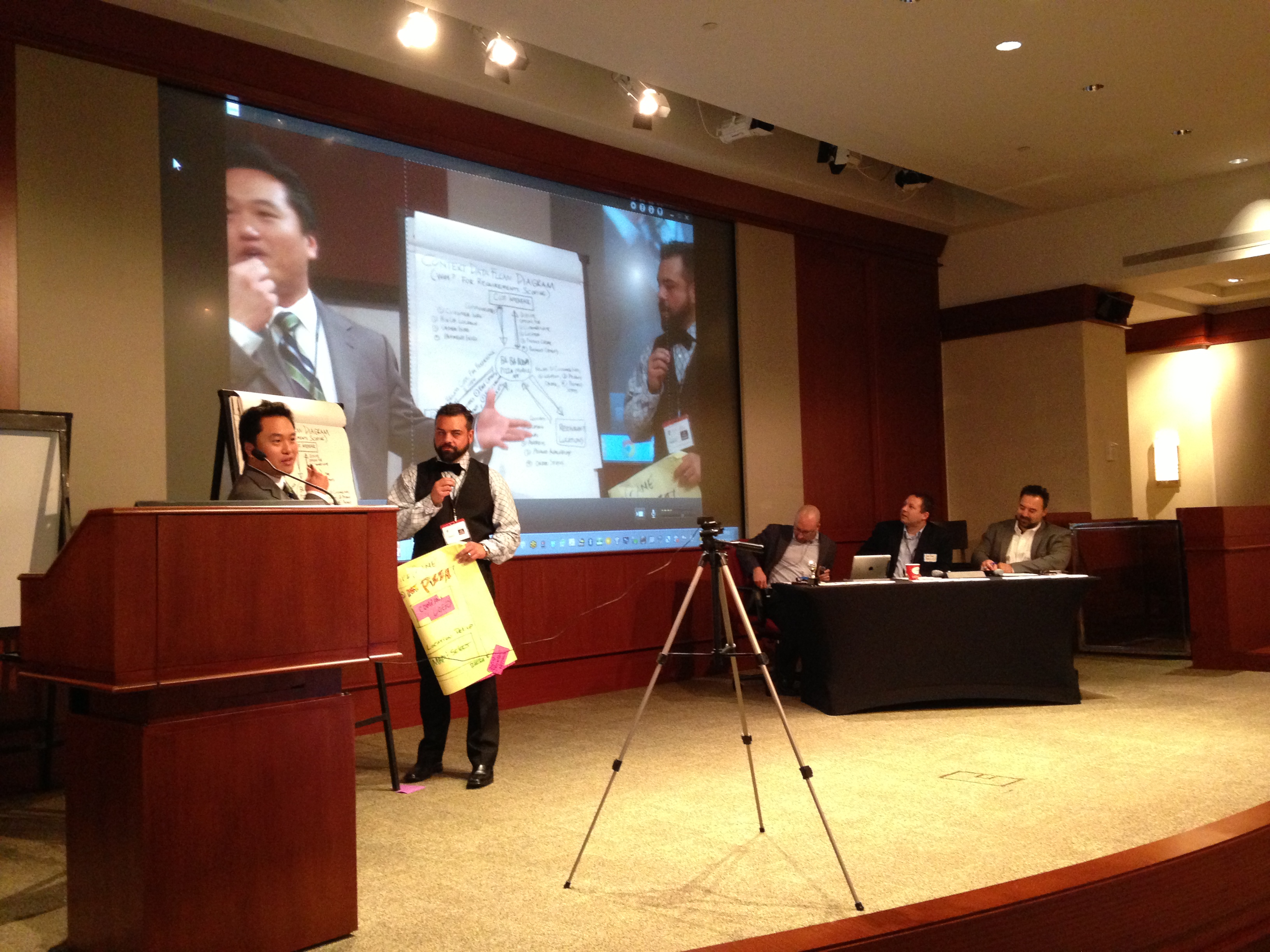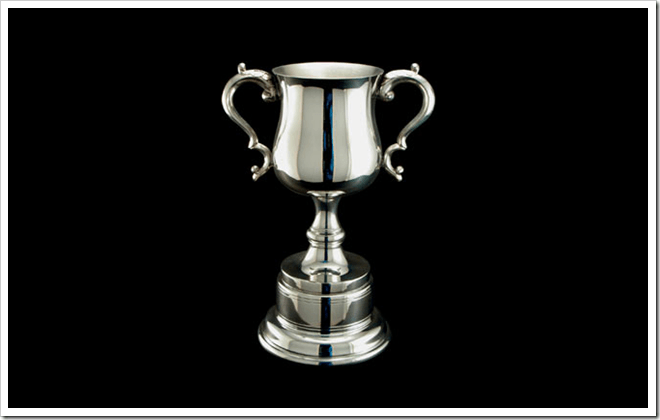Last month, I had the opportunity to participate as a judge in “Business Analysis with the Stars,” B2T Training‘s sponsored event for the Greater Atlanta Chapter of IIBA, and variation on the TV show “Dancing with the Stars.” Much like the televised dance contest, “stars” were selected from among chapter members prior to the show and given a mock business request for which they would plan and present an analysis approach as their “dance of the week”.
The stars were paired with seasoned “expert” analysts whose job was to act as partner, guide and sounding board for determining the approach to be presented. The expectation was that each participant would show and describe the techniques and models the selected, and explain why the chose them. The judges would ask a few clarifying questions, provide feedback, and then the crowd and judges would decide which approach was the best in terms of the techniques and models used, the rationale for using them, and quality of presentation.
The “show” was a big hit. The contestants were great, and competition was tight, and the audience was engaged. What really struck me, though, was the reaffirmation I received of several tried and true principles of business analysis as I observed the performances. I’ll provide a few of them over the course of my next few posts, but here is one to get things started:
There’s almost always more than one single “right” way of getting the job done . . .
As we planned the show, we briefly debated whether we should give each team a different business scenario, or the same one. We wanted the audience to get to see a variety of approaches and techniques, and were concerned that by having all three teams work on the same problem, we might not see much variation.
In the end, we did decide – as is the case on the televised dance contest – to provide a single scenario or “dance” for each team so we could be sure to have an apples to apples comparison, and let them interpret it in their own way. We hoped, and suspected we’d get the variety we were looking for. We were not disappointed.
Each star brought his/her own background, skill set and perspective to bear in addressing the problem. Sure, there were common elements across presentations, but the thought processes were unique, and the nuances of the techniques varied widely from participant to participant. One team focused on a wireframe-based approach, another focused on a progression of models from context to process flow to decomposition diagram. The third mixed elements of the other two. We ended up getting nice variety of different, but well-reasoned and feasible approaches to solving the problem.
What this reconfirmed to me is that there is usually not a single “right way” of doing things. With the right thought process and techniques, lots of different approaches can be successful. In fact, it’s important not to become too regimented or set in terms of always doing things a certain way, because every project has it’s nuances and unique challenges. Instead of focusing on using the same models and techniques each time, focus on which ones will be most effective at identifying and confirming scope, impacts and requirements, and easiest for your audience to understand and use.






Thanks for writing about the event. I think it really hit the mark, combining fun, business analysis themes, and good, effective feedback. I’m sad for those who were not able to make it because it really went off well.
There were so many funny moments in the “show,” and the audience rolled right along with them. One of the advantages is that we could all laugh together at “inside BA jokes” that most of the world doesn’t understand. But underlying all that were core concepts, as you stated. Different people approaching the problem differently, proving that there is no 100% “RIGHT” way to do business analysis. We cemented the term “It Depends” that night based on who we are communicating to, and what we are trying to communicate (scope, design, expectations through a prototype, etc).
Thanks for participating, and I hope we can have BA with the Stars part 2 at BA World Atlanta!